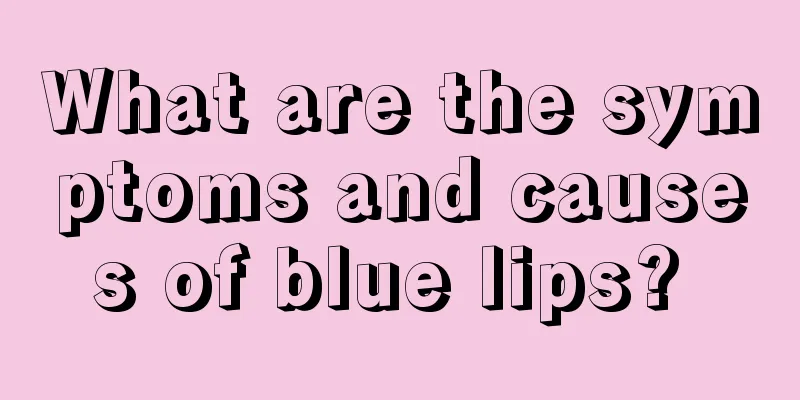Don't bear it if you have this symptom

|
Some people think that stroke is more likely to occur in cold weather. However, modern medical research has found that summer is also a high-incidence season for stroke, so you should not be paralyzed. When the temperature rises above 32°C, the incidence of stroke can be 66% higher than usual, and the risk will increase with the increase in temperature. In stroke treatment, time is life. Delayed treatment often leads to injury or disability of the patient, or even endangers his life. Professor Zhang Yunling, president of the Oriental Hospital of Beijing University of Chinese Medicine, believes that the 1 to 14 days before a stroke is the "near-stroke period", during which 9 precursor symptoms often appear. Identifying the signs of stroke and providing ultra-early treatment can greatly reduce the patient's disability and mortality rates. 1. Fatigue and drowsiness About three-quarters of people experience general fatigue and drowsiness before a stroke. This fatigue often has no clear cause, such as exercise or fatigue. Unexplained fatigue, drowsiness, and frequent yawning are the most common symptoms, which are often manifestations of ischemia of the cerebral cortex and reticular activating system. 2. Abnormal temperament The patient's personality changes dramatically at this time, as if he has become a different person; he may become talkative and impatient, or taciturn, or childish and funny, or he may have impaired short-term memory and reaction ability. Some people suddenly lose interest in their original hobbies, some people suddenly don’t like their favorite foods, and their facial expressions become dull. These characteristics can be summarized as "face changing", which is mostly caused by insufficient blood supply to the frontal lobe of the brain. 3. Sudden headache Unbearable localized headache occurs, or the form of headache is different from usual, such as the headache changes from a general headache to a localized headache, intermittent headache becomes a continuous headache, and the headache is accompanied by nausea and vomiting. This is often a precursor to subarachnoid hemorrhage or other cerebral hemorrhage. 4. Dizziness Sudden dizziness, unsteadiness, or even fainting may occur, and may be accompanied by tinnitus, double vision, or nausea, but the condition quickly returns to normal. This may be a mini-stroke, or transient ischemic attack. If orthostatic hypotension, hypoglycemia, cervical spondylosis and other causes can be ruled out, it is often a precursor to a stroke because insufficient blood supply to the vertebral-basilar artery system affects the balance function of the cerebellum. 5. One eye turns black One eye suddenly loses vision and then regains vision after a few seconds to tens of seconds. This is medically called amaurosis. It may be a visual impairment caused by cerebral ischemia and is a signal of an impending stroke. This is related to insufficient blood supply to the brain, which affects the function of the visual center. 6. Disadvantage of language When local brain ischemia occurs, the language center malfunctions, which manifests as the tongue suddenly becoming stiff, unclear speech, or sudden inability to understand what others say. This often occurs transiently. The cause of this is related to the insufficient blood supply to the cerebral arteries before the stroke, which affects the function of the language center in the cerebral cortex. 7. Swallowing and coughing Some patients experience choking and coughing when eating or drinking before the onset of the disease. This is a manifestation of damage to the glossopharyngeal nerve after cerebral ischemia. 8. Numbness on one side of the body Sudden numbness of half the body, most prominent in the hands and feet, and weakness of the limbs on the same side. These symptoms are caused by insufficient blood flow to one cerebral hemisphere, affecting the area of the brain that regulates limb movement. 9. Unexplained fall Some patients may suddenly fall while walking normally on a flat road before a stroke occurs, and sometimes even trip over their right foot with their left foot. This is often a manifestation of cerebellar ischemia. |
<<: It is dangerous to have such symptoms when playing with mobile phone
>>: Click here to get rid of moisture and toxins in one minute
Recommend
Can colon cancer be transmitted through blood?
Due to irregular lifestyles, environmental pollut...
Effects of Pipi powder
Pipi powder is a chemical reagent, also called po...
What can't you eat if you have ovarian tumor
Do not eat stale, spoiled or irritating food. Try...
What's a good way to treat cervical pain
Cervical pain is a disease that many people have ...
How to regulate qi and food stagnation
Qi and food stagnation can easily lead to adverse...
How to treat rhinitis with green onions
There is a special folk remedy used to treat rhin...
What is the matter with facial stiffness
Facial stiffness will have a certain impact on a ...
Sports myopia glasses
Sports myopia glasses are also a common type of g...
Pediatric Neurology
We all know that because the causes of patients&#...
There is a pustule inside the eyelid
As the saying goes, eyes are windows to the soul,...
What to do if the skin turns dark after radiotherapy for nasopharyngeal carcinoma
What should I do if my skin turns darker after ra...
How to treat uterine cancer as soon as possible
Among the many cancer diseases, uterine cancer is...
Late stage endometrial cancer is contagious
Endometrial cancer is one of the common gynecolog...
Eat two meals a day for a long time
Food is the most important thing for everyone. No...
What is the best way to treat seborrheic alopecia?
The phenomenon of seborrheic alopecia has always ...









